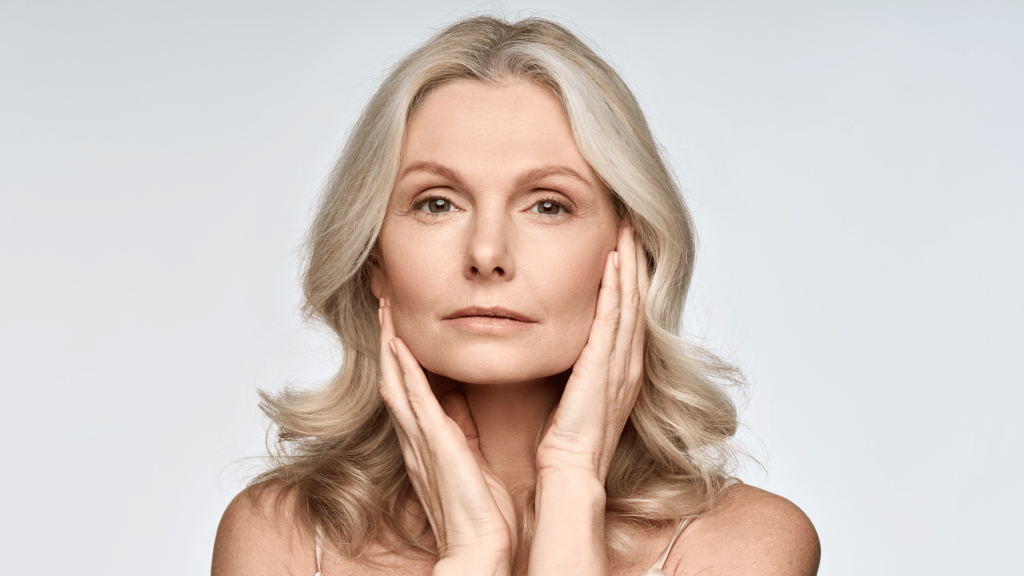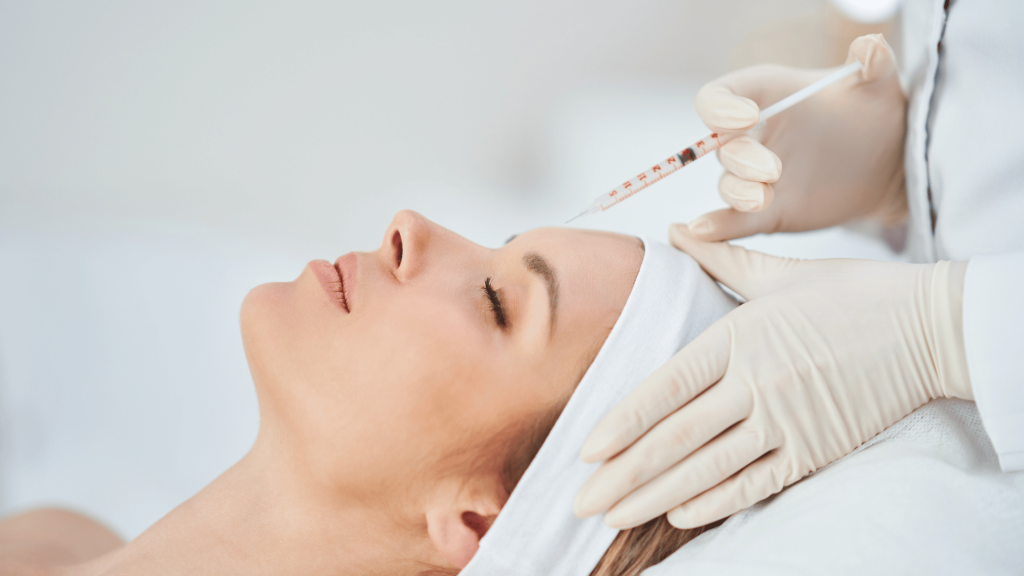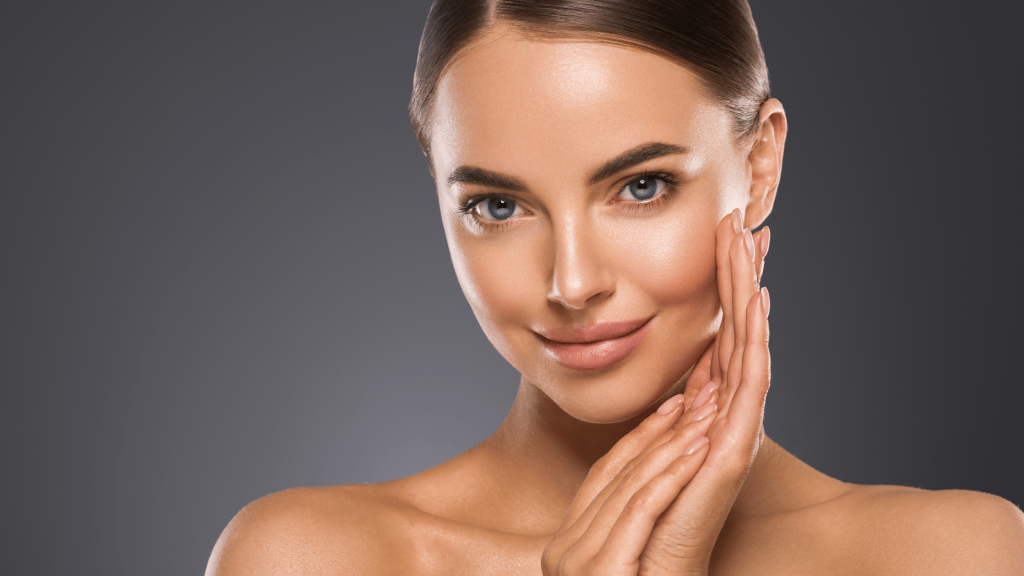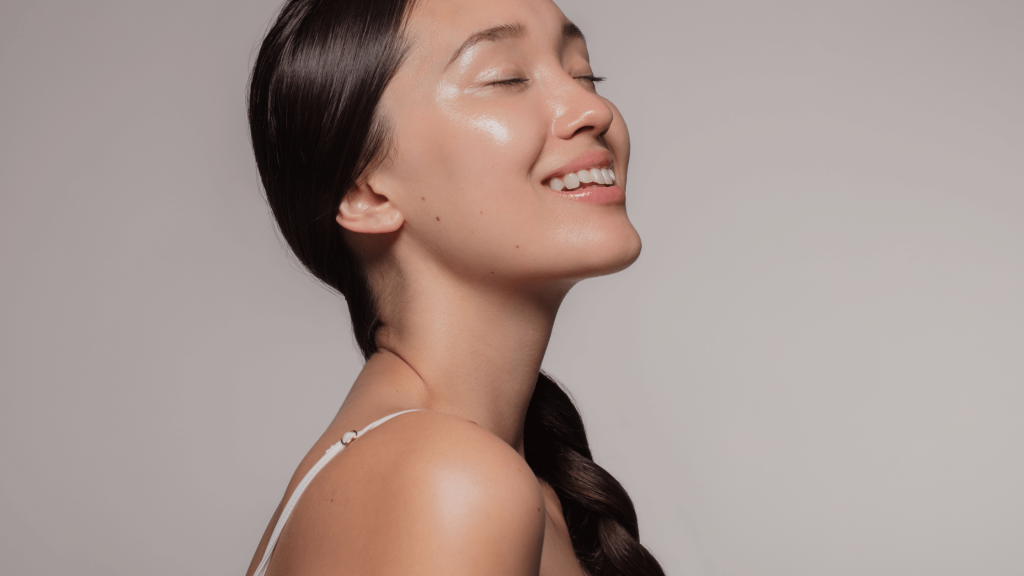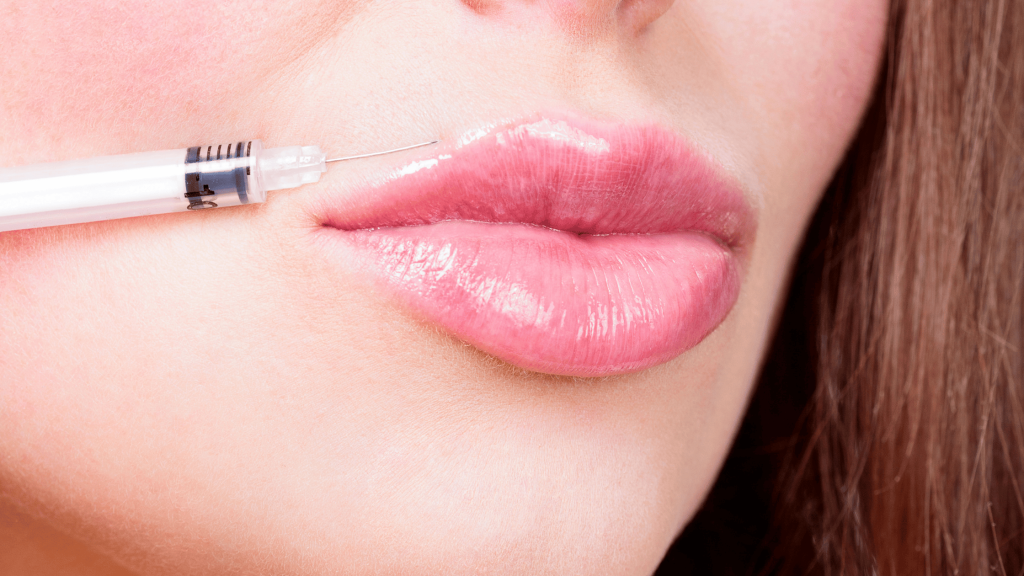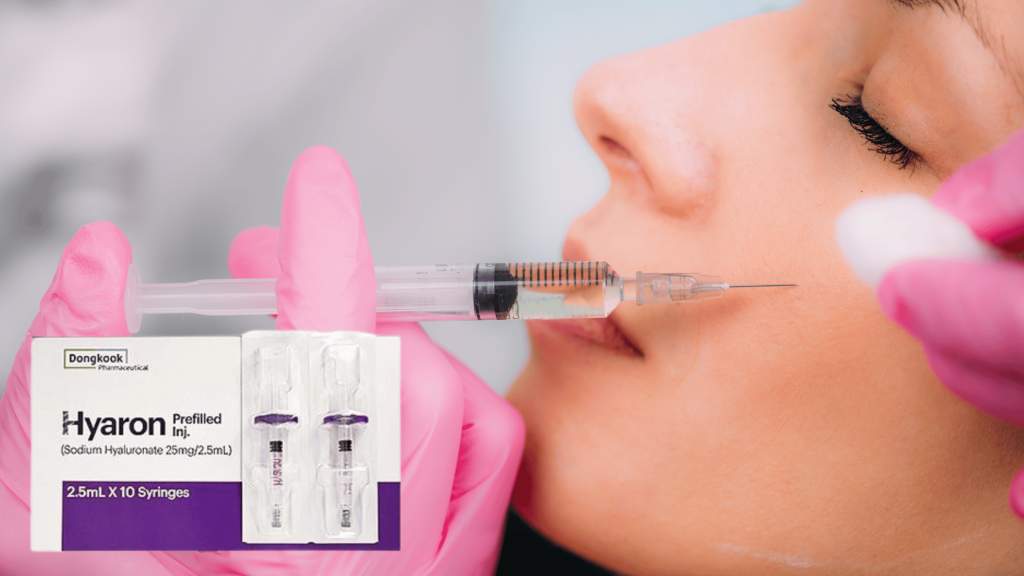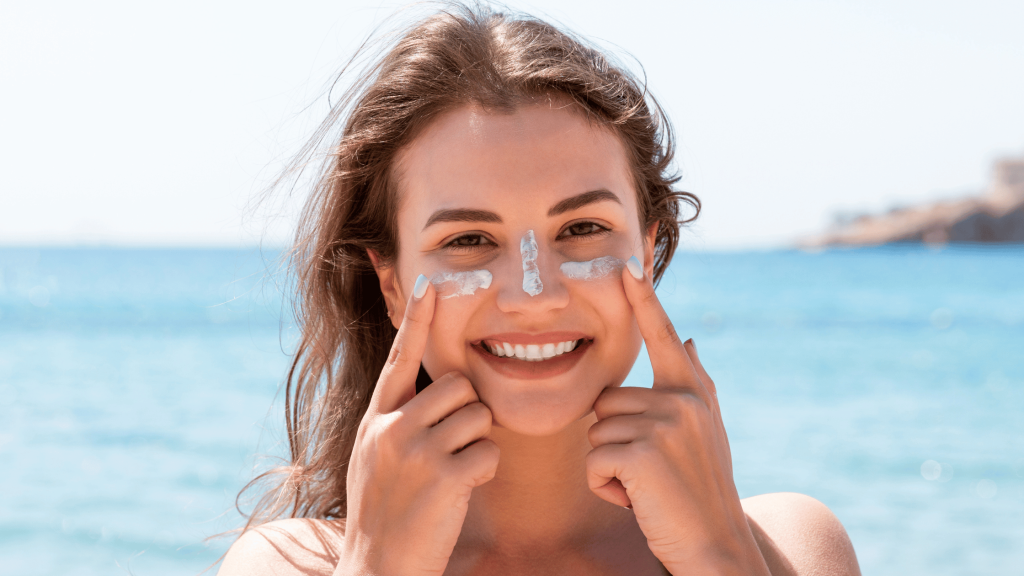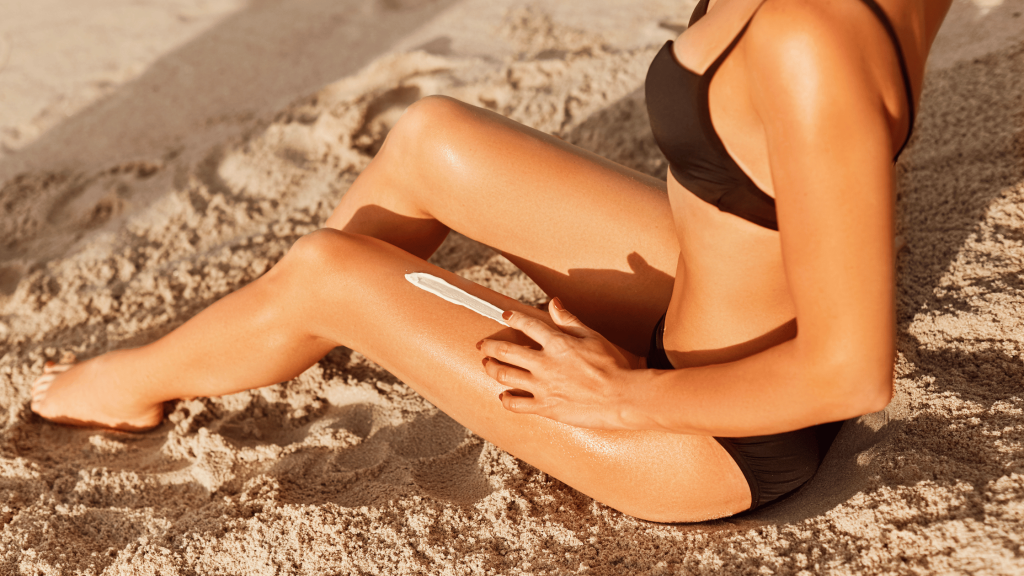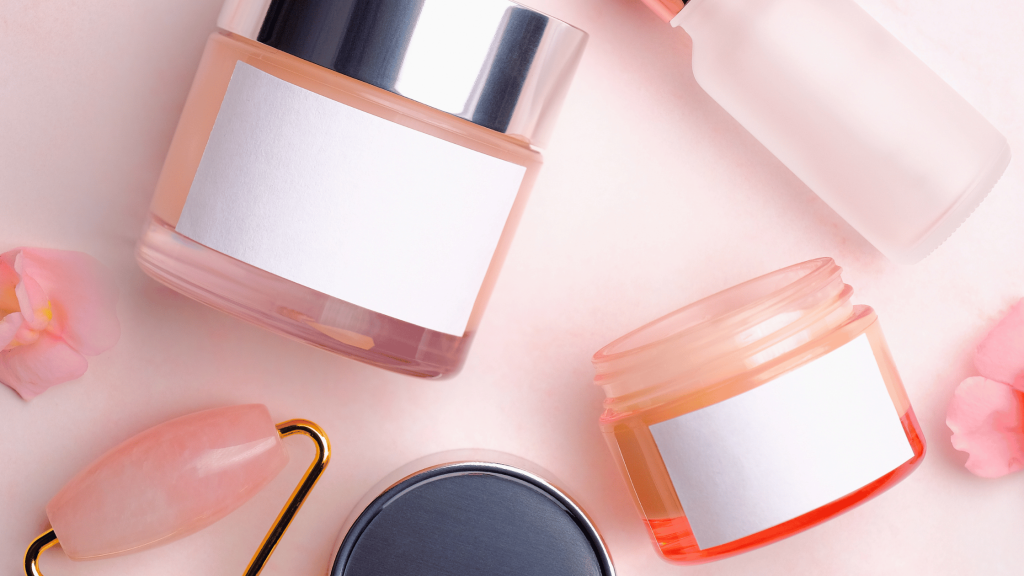
Temporomandibular Joint Disorder (TMJ) is a condition that affects a significant portion of the UK population, causing symptoms ranging from jaw pain and headaches to difficulty in chewing. While there are multiple treatment options available for TMJ disorders, the application of Botox has emerged as a noteworthy alternative.
This blog explores the efficacy, process, and potential advantages of using Botox as a treatment for TMJ disorders in the UK.
What is TMJ Disorder?
The Temporomandibular Joint connects the jawbone to the skull. A disorder in this joint can lead to pain, restricted movement, and discomfort, affecting one’s quality of life. Typical treatment routes include pain medication, dental splints, and in some cases, surgical intervention. However, Botox offers a minimally invasive solution that has been gaining traction.
Botox and TMJ: The Science Behind It
Botox (Botulinum Toxin) is traditionally known for its cosmetic applications, primarily for reducing wrinkles. However, its muscle-relaxing properties also make it a suitable candidate for treating muscle-related disorders, including TMJ.
Botox injections inhibit the release of acetylcholine, a neurotransmitter responsible for muscle contractions. This results in reduced muscle tension, thereby alleviating pain and discomfort associated with TMJ disorders.
The Botox Treatment Procedure for TMJ
Here are the ways Botox is administered for TMJ treatment.
- Consultation: A thorough assessment is crucial to ascertain whether Botox is the most suitable treatment for your specific TMJ symptoms.
- Target Areas: The masseter muscle and sometimes the temporalis and frontalis muscles are usually the primary targets for Botox injections for TMJ.
- Administration: Using a fine needle, Botox is injected into specific areas around the jawline. The procedure is generally quick and may last between 15 to 30 minutes.
- Aftercare: Minimal downtime is required, and patients can typically return to their routine activities shortly after treatment.
Benefits of Botox for TMJ
Here are the benefits of Botox as a new approach to treating jaw pain.
- Pain Relief: Most patients report significant relief from jaw discomfort, headaches, and other TMJ-related symptoms.
- Minimal Side Effects: When administered by a qualified healthcare provider, Botox poses minimal risks, making it a safe alternative to more invasive procedures.
- Speed and Efficacy: The effects of Botox are usually noticeable within a week and can last for up to three months.
Points to Consider
Here are some important points to consider when using Botox for TMJ relief.
- Temporary Relief: Botox offers symptomatic relief but does not cure TMJ disorders.
- Qualified Practitioners: It’s vital to choose a healthcare provider experienced in administering Botox for TMJ. This ensures optimum results and minimises risks.
- Cost: While Botox treatments for TMJ are increasingly popular, they may not be covered by healthcare plans, so consider this when evaluating treatment options.
Conclusion
Botox has demonstrated promising results in providing relief from TMJ disorders, positioning it as a viable treatment option for those seeking a less invasive yet effective solution. If you’re in the UK and grappling with TMJ issues, it may be worth exploring Botox as a treatment avenue. As always, consult a qualified medical professional to discuss suitability, risks, and benefits tailored to your specific needs.

